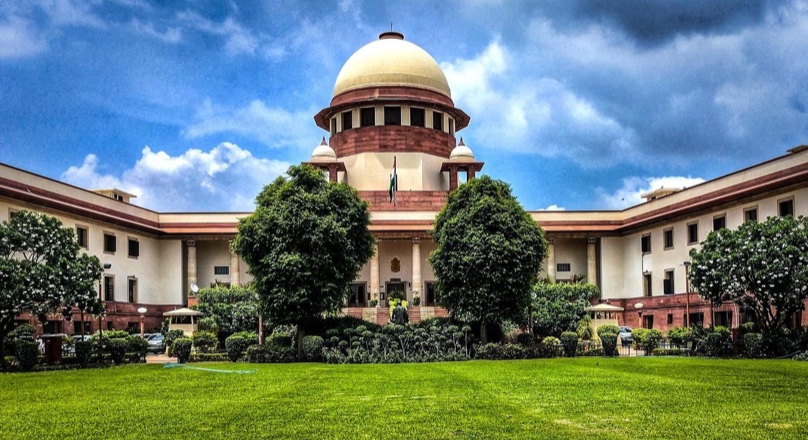
OUR EXPERTISE
BAIL LAWYERS
Bails is money or frequently, a bail bond that is put up for the suspect to allow him or her to remain free until the completion of the case. Bail basically creates a financial incentive for a suspect to appear in court – failure to do so results in the loss of your bails money you’ll also get a warrant for your arrest, and you can add bail jumping to your criminal charges, to boot.

HOW IS BAIL PAID AND WHAT IS A BAIL BONDSMAN?
Bail can be paid, primarily, in three ways: Pony up the full amount in cash . Conversely ,you can enroll the services of a bail bondsman. A bail bondsman will pay your entire bail, but you’ll give up a premium – usually around 10 percent, which isn’t refundable. And if the suspect fails to appear in court, that poor bail bondsman is going to lose the entire bail payment, which is why a bond seller will ask that you put down collateral, such as your house or car, to cover the bond seller’s loss in the even that you skip out. And if you are a high-risk, and you don’t have collateral, you can bet that you’ll have a difficult time obtaining the services of a bail bondsman. l’d advise, however, that if you can afford it – paying bail outright is better option than using a bail bond seller — if you
make all your court appearances, you’ll get your cash ck whether you’re found guilty or not; with a bond er, no matter the outcome of the case, you’ll lose the 10 percent premium. In some instances, the court may help you out by offering its own version of bond-selling services, allowing you to put down 10 percent and collateral, but in this case, you get the 10 percent refunded if you make all your court appearances. Finally, in some other instances, you can simply deposit with the court personal property worth the amount of bail. Traditionally, bail is some form of property deposited or pledged to a court to persuade it to release a suspect from jail, on the understanding that the suspect will return for trial or forfeit the bail (and possibly be brought up on charges of the crime of failure to appear). In some cases bail money may be returned at the end of the trial, if all court appearances are made, regardless of whether the person is found guilty or not guilty of the crime accused. If a bondsman is used and a surety bond has been obtained, the fee for that bond is the fee for the insurance policy purchased and is not refundable. In some countries granting bail is common. Even in such countries, however, bail may not be offered by some courts under some circumstances for instance, if the accused is considered likely not to appear for trial regardless of bail. Legislatures may also set out certain
crimes to be not bail able, such as capital crimes.
Bail Reform Act Of 1966
It should be noted that, although the Eighth Amendment prohibits excessive bail, there is no inherent Constitutional right for a Defendant to be offered bail in the first place. In 1966, Congress enacted the Bail Reform Act of 1966, which changes that by giving non-capital defendants a statutory right where a Constitutional right is lacking, to be released, pending trial, on his personal recognizance or on personal bond, unless the judicial officer determines that such incentives will not adequately assures his appearance at trial. In that case, the judge must select an alternative from a list of conditions, such as restrictions on travel. Individuals charged with a capital crime, or who have been convicted and are awaiting sentencing or appeal, are to be released unless the judicial officer has reason to believe that no conditions will reasonably assure that the person will not flee or pose a danger. In non-capital cases, the Act does not permit a judge to consider a suspect’s danger to the community, only in capital cases or after conviction is the judge authorized to do so. The 1966 Act was particularly criticized within the District of Columbia where all crimes formerly fell under Federal bail law. In a number of instances, persons accused of violent crimes
committed additional crimes when released on their personal recognizance. These individuals were often eased yet again. The Judicial Council committee recommended that, even in non-capital cases, a person’s dangerousness should be considered in determining conditions for release. The District of Columbia Court Reform and Criminal Procedure Act of 1970 allowed judges to consider dangerousness and risk of flight when setting bail in noncapital cases.
To Consult or Get Legal Advice from Our Expert Bail Lawyers ;
Contact Us : 9759600007